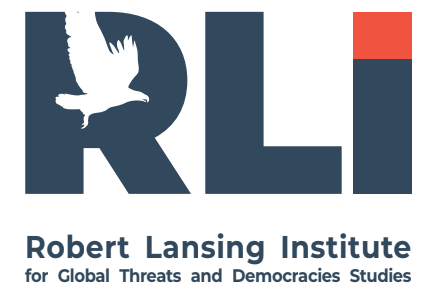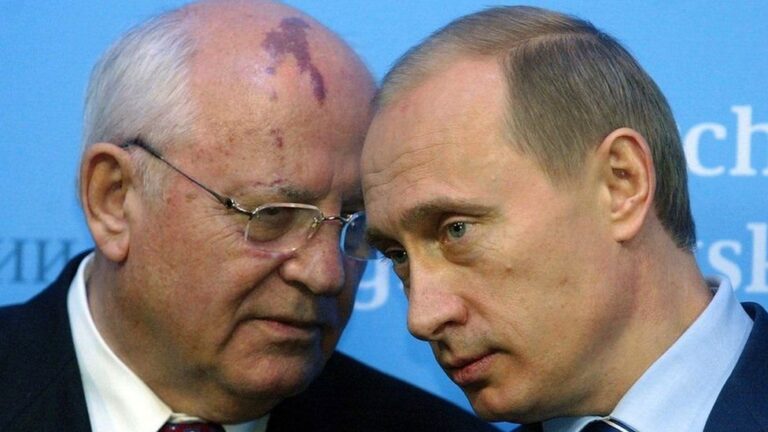The Legal Illusion of Empire: Why Russia Deems the USSR’s Collapse Illegal and How It May Try to Reverse It
Executive Summary
The Russian Federation’s claims that the collapse of the USSR was illegal reflect more than historical revisionism; they serve a broader neo-imperial project that blends lawfare, hybrid warfare, and state-driven mythology. These narratives are employed not only to justify past aggressions but also to prepare legal and ideological groundwork for future territorial claims.
1. The Core Idea: Framing the USSR’s Collapse as “Illegal”
1.1 Putin’s Doctrine of Historical Justice
Since 2005, when Vladimir Putin called the Soviet Union’s dissolution “the greatest geopolitical catastrophe of the 20th century,” the Kremlin has pursued a policy of memory manipulation and legal reinterpretation. The claim of illegalityrests on several pillars:
- The 1991 Belovezh Accords (which dissolved the USSR) were allegedly signed in violation of the Soviet Constitution.
- The referendum of March 1991 on preserving the USSR—approved by 76% of voters—was ignored by political elites.
- Russia’s constitutional continuity from the USSR is used to suggest the Russian Federation is its rightful legal successor—not just in treaties, but in territory.
2. Strategic Goal: Restoring Imperial Russia in the Guise of Legal Continuity
2.1 Beyond Nostalgia: Legal Imperialism
Russia’s strategy isn’t merely rhetorical. The aim is to:
- Reclaim geopolitical dominance over the post-Soviet space.
- Undermine sovereignty of former Soviet republics.
- Redefine international borders through “legal” or pseudo-legal narratives.
- Justify military intervention as “restoration” rather than aggression.
This is the essence of lawfare—using legal arguments as instruments of war.
3. Legal Simulation: How Russia Might Try to Reverse the USSR’s Collapse
Here is a theoretical progression of legal steps Russia might pursue to “restore” the Soviet space—without formally declaring war:
Step 1: Constitutional Reinterpretation
- The Russian Constitutional Court or Duma affirms that the Belovezh Accords were unconstitutional, calling into question the legality of USSR dissolution.
- A ruling may suggest that borders changed post-1991 are subject to renegotiation, especially where “Russian populations” are present.
Step 2: Bilateral Treaties Deemed Void
- Treaties signed with former Soviet republics in the 1990s are labeled “coerced” or invalid under international law.
- Russia suspends or annuls agreements recognizing the sovereignty of countries like Ukraine, Moldova, or the Baltics (e.g., the 1997 Russia-Ukraine Friendship Treaty).
Step 3: Citizen Expansion and Legal Unification
- Massive distribution of Russian passports in contested territories (already visible in Ukraine, Georgia, and Moldova).
- Kremlin reinterprets its duty to protect “citizens abroad” as a legal obligation under international humanitarian law.
Step 4: Federation “Reintegration” Framework
- Russia enacts a Federal Law on Historical Reunification, similar to the 2014 Crimea annexation process, offering “referendums” in neighboring states.
- Local pro-Russian administrations (real or fabricated) request to join the Russian Federation.
Step 5: Appeals to International Bodies
- Russia petitions the UN or Eurasian institutions to recognize the right of self-determination of “separatist” regions.
- Russian-aligned lawyers and diplomats try to build an international legal narrative around “restorative sovereignty.”
4. Consequences: Legal Actions Leading to Military Conflicts
Though clothed in legality, these steps pave the way to military escalations:
4.1 Ukraine (Ongoing)
- Russia’s annexation of Crimea and invasion of Donbas and southern Ukraine were all justified using legal rhetoric—from protecting Russian citizens to invalidating “illegal” post-Soviet borders.
4.2 Moldova
- The Transnistria region, where Russia claims a peacekeeping role and has issued passports, is a likely target for similar reintegration efforts.
- Moldova’s recent pro-EU pivot makes it an immediate candidate for Kremlin pressure.
4.3 Georgia
- After 2008, Russia recognized Abkhazia and South Ossetia as independent states.
- These regions could next be invited to “join the Russian Federation” following Crimea’s model.
4.4 The Baltic States
- Though NATO members, Estonia and Latvia are framed by Russia as discriminating against Russian-speaking minorities.
- The Kremlin could use “protection of Russian citizens” as pretext for cyberattacks, destabilization, or even hybrid incursions.
4.5 Kazakhstan and Central Asia
- The North of Kazakhstan, with large Russian populations, is already being described by Russian politicians as “historically Russian land.”
- Legal arguments could serve as a scaffold for eventual pressure, referendums, or cross-border sabotage.
5. Historical Precedents of Legal Claims Leading to Conflict
- Germany and the Sudetenland (1938):
Hitler used legal claims and referendums to justify annexing territories with ethnic Germans—offering a blueprint for Putin. - Iraq’s Claims on Kuwait (1990):
Saddam Hussein justified the invasion of Kuwait with claims of illegal British-drawn borders. - Russia and Crimea (2014):
Legal veneer was given to military occupation by holding a referendum under occupation—a clear precedent of simulated legality.
6. International Legal Status: Can Russia’s Claims Hold?
From the perspective of international law:
- The principle of uti possidetis juris (borders established at the time of independence must be preserved) applies to post-Soviet republics.
- UN Charter Article 2(4) prohibits the use of force against territorial integrity—even under claims of historical injustice.
- Recognition of new borders or reintegration referendums conducted under military threat are illegal.
Thus, Russia’s legal claims are hollow under international law, but dangerous when used as tools of lawfare and hybrid war.
Legal Rhetoric as the Road to Imperial Expansion
Russia’s claim that the USSR’s dissolution was illegal is not merely historical nostalgia. It is a tactical doctrine, used to:
- Justify past annexations.
- Prepare the ideological and legal stage for future aggression.
- Build a “legal” empire while denying any breach of international law.
This is not about reviving the USSR. It is about cloaking imperial conquest in legal robes, creating plausible deniability and weakening Western responses.
2. Military and Security Measures
✅ Fortify NATO’s Eastern Flank
- Ensure forward deployment of combat-ready NATO forces in the Baltics, Poland, and Romania, deterring any hybrid incursion.
- Expand NATO partnerships with Ukraine, Moldova, and Georgia, including intelligence sharing, cyber defense, and early warning systems.
✅ Create a Rapid Legal Response Mechanism
- Build an international task force of legal and military experts to immediately counter false Russian legal claims and expose hybrid provocations.
1. Incorporate the Concept of “Lawfare”
Why: This is the backbone of Russia’s approach — using the law as a weapon to advance strategic goals.
Add:
- Definitions and examples of lawfare in the post-Soviet space (e.g., Russia using domestic laws to “protect compatriots abroad”).
- Discussion of how this tactic mirrors China’s approach in the South China Sea (nine-dash line legal narrative).
- Mention Russian use of international legal bodies selectively, such as referencing UN Charter principles (self-determination) while violating others (sovereignty and territorial integrity).
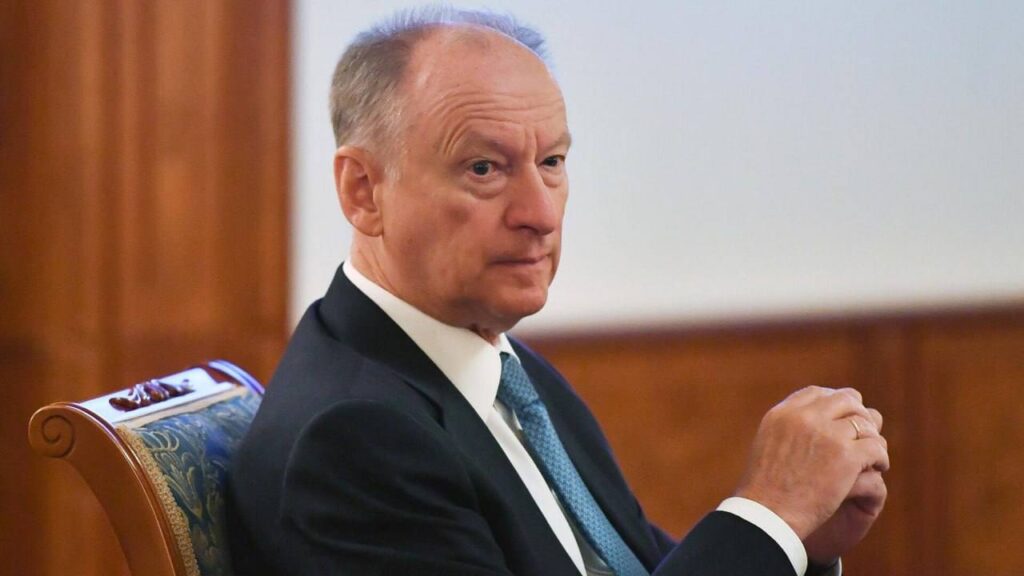
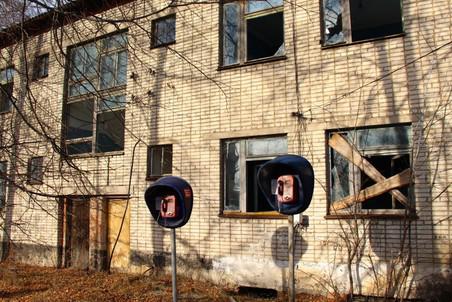
More on this story: Modern Russia. Basic Rule Ideology Schemes
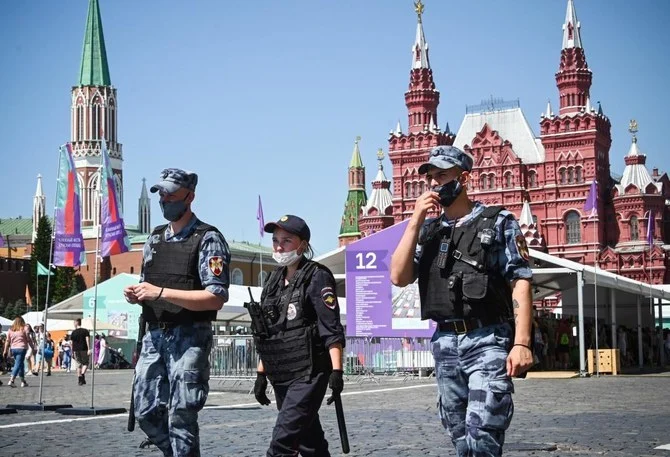
More on this story: Ideological basis of Kremlin’s policy in confronting the West
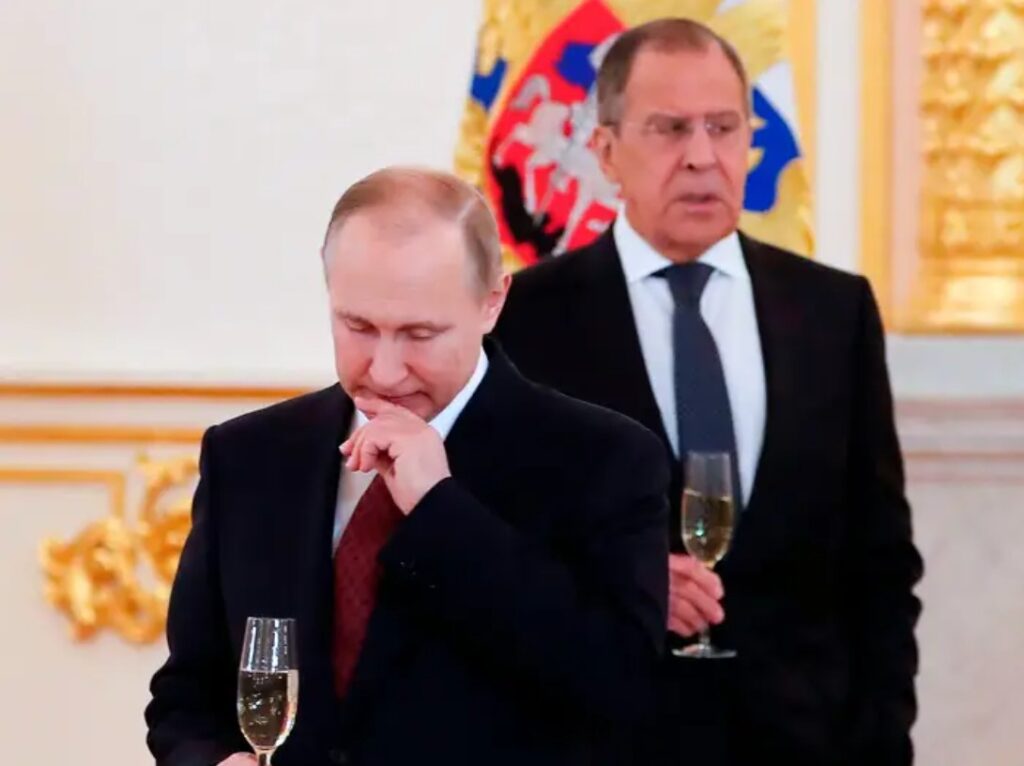
More on this story: Vladimir Putin as the Grand Inquisitor

More on this story: The end of a dream renaissance for the Empire
Russia — Post-Soviet Legal-Ideological Imperialism
- Collapse: USSR (1991)
- Claim: The USSR’s dissolution was illegal or historically unjust.
- Strategy:
- Lawfare: Distributes Russian passports, claims to protect “compatriots,” invokes international law selectively.
- Military Use: Georgia (2008), Crimea (2014), Donbas (2014–), full-scale invasion of Ukraine (2022).
- Ideology: Russian World (), Eurasianism, Orthodox unity, Putin’s essays.
- Goal: Gradual re-creation of a neo-imperial sphere under Russian dominance, legally or militarily.
